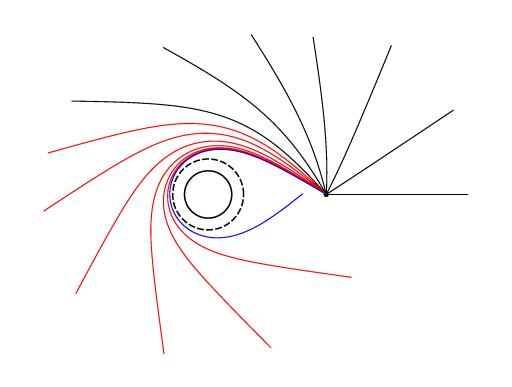You are using an out of date browser. It may not display this or other websites correctly.
You should upgrade or use an alternative browser.
You should upgrade or use an alternative browser.
Astronomy / Space Question I always wanted to ask...
- Thread starter Sanderson
- Start date
Light doesn't really bend. Gravity bends space/time, light travels through the bent space and is "refracted" by it. You need really massive objects to deform space enough to divert light and it only bends it slightly. You'd need some sort of comical arrangement of black holes to bend light into a 180 degree path.
Light doesn't really bend. Gravity bends space/time, light travels through the bent space and is "refracted" by it. You need really massive objects to deform space enough to divert light and it only bends it slightly. You'd need some sort of comical arrangement of black holes to bend light into a 180 degree path.
Ok given the size of the universe the "comical arrangement of black holes", however comical, probably exists. Even a "slight bend" can be a huge discrepancy can it not? I used 180 degrees as an example to exaggerate the question, in order to get the point across.
So, how do we know things are where we think they are?
Last edited:
If you know something has a large mass then you can predict that the light travelling around it might have been bent. You'll have to get an actual astronomer to answer you but I believe the effect is so slight that you'd need galaxy size masses and really large astronomical distances to see something.
I believe the effect is so slight that you'd need galaxy size masses and really large astronomical distances to see something.
For the naked eye, perhaps, but the Gaia mission, which is capable of measuring positions of stars to 7 millionths of an arcsecond, will be taking account of relativistic light effects from Sol (and perhaps even Earth).
Light paths around a black hole depend very much on how close to the event horizon the path dips:

One cool thing about gravitational lensing is that one can work backwards from the observed bending to a mass distribution. For example, from the observed lensing of a background galaxies by galaxy cluster CL0024+17:

it was possible to calculate a mass distribution that could account for it:

This mass distribution is hugely important for providing constraints to theories of dark matter (and perhaps also for its theoretical competitor modified Newtonian mechanics)
